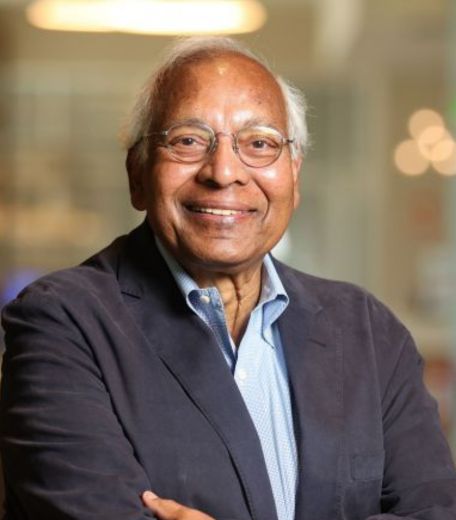BIO
Anil Jain (Basti, India, 1948) holds an MS degree (1970) and PhD (1973) in electrical engineering from Ohio State University. In 1974 he took up a position at Michigan State University, where he has spent his entire career and is now a University Distinguished Professor. Author of almost 300 published papers and fifteen books, including Introduction to Biometrics, Handbook of Face Recognition, Handbook of Fingerprint Recognition and Algorithms for Clustering Data, he also has a dozen patents to his name and has served as editor-in-chief of IEEE Transactions on Pattern Analysis and Machine Intelligence, and associate editor of several other journals. Jain has been an Amazon Scholar since 2021, and has held visiting appointments at the International Institute of Information Technology, Hyderabad (India), Korea University, ETH Zurich and IBM’s T.J. Watson Research Center. He is a member of the U.S. National Academies study on “Facial Recognition: Current Capabilities, Future Prospects, and Governance.”
CONTRIBUTION
Anil Jain’s research career has always revolved around pattern recognition, now leading the field of fingerprint and facial identification. Thanks to his research in algorithms to group data in the most illustrative way –known as clustering algorithms–, in the 1990s he received a call from a colleague in search of a civil application for an apparatus designed by the U.S. National Security Agency. Jain realised that it could serve to identify matches between two fingerprints some 100 times faster than any previous method. That finding would produce six patents and, in time, Jain’s group would come to lead the world in fingerprint recognition.
This technology is now in wide use in the touch ID features of our mobile phones and as a forensic tool in criminal investigations. Further, Jain worked with the Indian Government to set up a reliable and secure identification system for all citizens, based on fingerprints. Jain was also a pioneer in quantifying the slight probability that two people’s fingerprints are misidentified as the same, and providing first-time confirmation that fingerprints are persistence over time.


